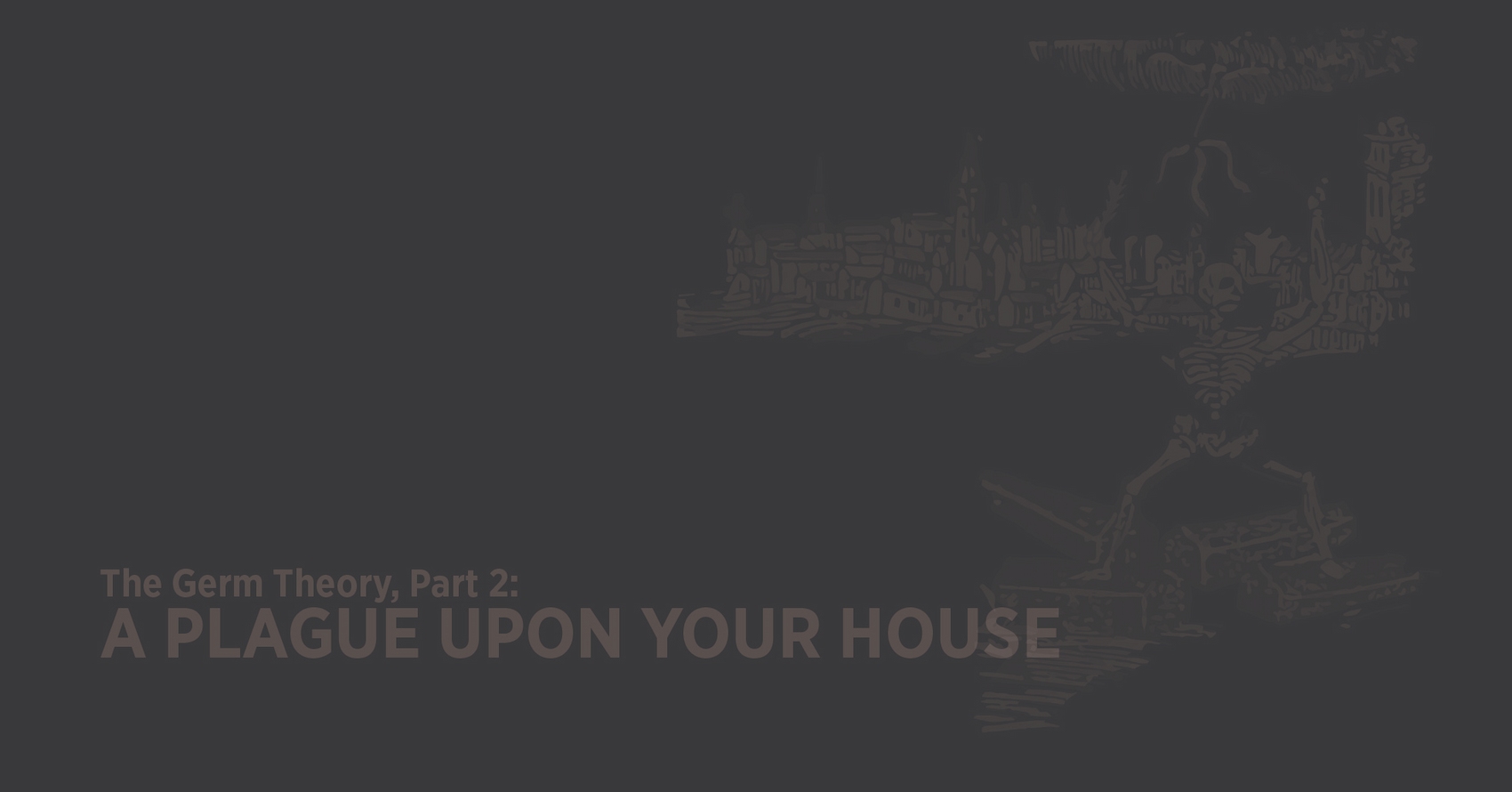
The era of plagues arrived as communities of dense human populations grew. Plague after plague destroyed entire cities at levels inconceivable today. These epidemics figured in to the fall of entire empires: The Han Dynasty in China, the Roman Empire, and the Aztecs were all pushed towards extinction in great part by epidemics that wiped out up to 90% of their populations. (90%!!!)
How did people explain these horrifying illnesses? Amongst the ravages of plagues, along with smaller outbreaks of illness such as leprosy, the miasma theory continued to be supported and accepted. It was bad air spreading the diseases. However, along came a man who rejected this idea and instead proposed a radical new theory.
In the 16th century, Girolamo Fracastoro proposed that infectious diseases were transmitted via invisible particles, a kind of invisible seed of disease. These seeds, or seminaria, were unique to each type of disease (just as a sunflower seed produces a sunflower, a cholera seed would produce cholera), was self-replicating, and created disease in the body. He was remarkably close to the truth: He attributed disease not to "air," but rather, particles - and not just inanimate particles - living seeds. (It is from this concept that we get the word germ, Latin for "seed," and root of words like "germinate.")
Fracastoro also proposed three modes of transmission of disease which will be familiar to any epidemiologist today: Direct contact, through fomites (contaminated materials), and through the air. Well done, Fracastoro!
While Fracastoro's ideas were revolutionary, his theory as a whole also had some significant flaws. He, like all physicians and scientists of the time, still subscribed to the idea that the body was made up of four humors, and that the seminaria worked in concert with those humors to create disease. He also believed that the seeds were affected by the planets, leading to epidemics over a large populations.
But we can forgive him these flaws, considering he didn't have access to what would open up an entire new world of research and medical care: The microscope.
Next week's post will explore how a tool that uses glass to refract light changed the world.
Editor's Note: This post was originally published in September 2015 and has been updated for freshness, accuracy and comprehensiveness.


